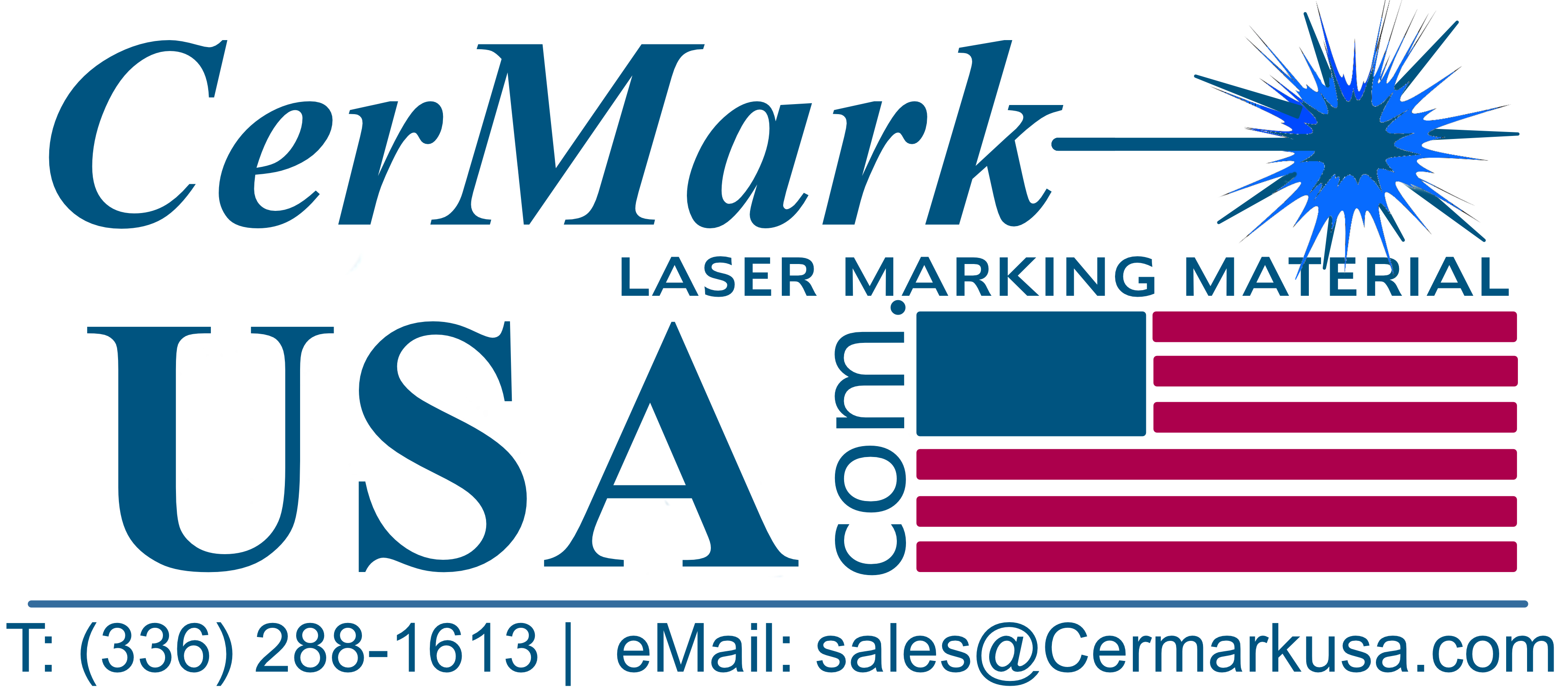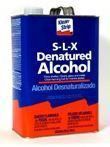Dilution
CerMark carries three types of laser marking materials: inks, aerosols, and tapes. Aerosols and tapes are ready to use as sold, while inks may require dilution prior to application for proper consistency. TherMark inks vary in viscosity due to their different compositions: some come as liquids and others as pastes. Recommended dilution ratios vary depending on these product differences and your desired application method. For most applications on most surfaces, however, the ink should be diluted enough to flow easily with roughly the viscosity of “Half & Half”.
Recommended thinning agents also vary by product. For water-based laser marking inks, CerMark recommends denatured alcohol (preferred) or chemical free demineralized water (alternative). Either is acceptable, but TherMark inks diluted with denatured alcohol will dry faster than those diluted with water. For alcohol-based laser marking inks, CerMark recommends denatured alcohol (preferred) or acetone (alternative). One exception to this rule is LMM6012 for screen printing, which has its own required thinning agent, 1588 Medium.
Denatured alcohol can be purchased in the paint department of local hardware stores, home & garden stores such as Home Depot & Lowes, or found on-line with a simple web search.
CerMark quotes thinning ratios as “marking material (in volume units) : thinning agent (in volume units)”. When working with thinning agents, remember it is always possible to add more thinning agent, but it is difficult to un-dilute, so add thinning agents slowly. Over-dilution may result in a runny pattern after application and insufficient pigment density to create optimal marks. However, if you over-dilute TherMark laser marking ink it is possible to reverse the error. By exposing the over-diluted ink to air for a time, the thinning agents will eventually evaporate and the ink will reach the desired viscosity. Since alcohol-based thinning agents evaporate especially fast this is another reason why denatured alcohol is the preferred thinning agent.
Evaporation may also result in viscosity change during the application process, especially when working with a foam brush and an open lid container. It is important to monitor the viscosity of your ink and add more thinning agent as necessary to ensure consistent application. Gloves are recommended when handling thinning agents and are available at any local hardware store.

